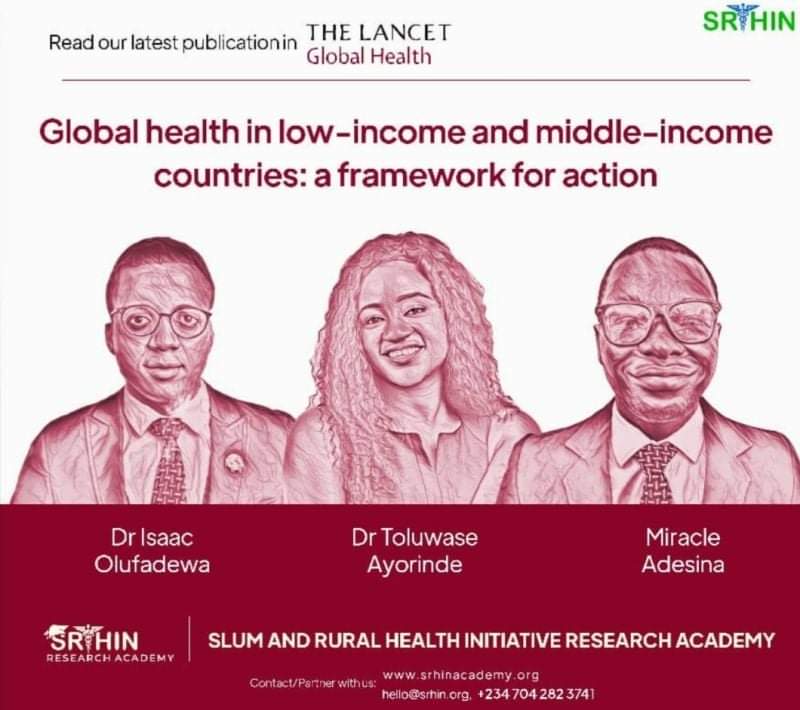Blog Post

Addressing Hepatitis B in Slum and Rural Communities: A Vital Initiative
- Peace Oregbesan
In underserved communities like slums and rural areas, infectious diseases pose a significant threat to public health. Our organization recognizes the urgency of addressing this issue. In this blog post, we’ll delve into the impact of infectious diseases on these communities and outline strategies for combating them.
Infectious diseases thrive in environments with poor sanitation and limited access to healthcare, characteristics often found in slums and rural areas. Malaria, tuberculosis, HIV/AIDS, and diarrheal illnesses are among the most prevalent. To tackle these diseases, our initiative emphasizes prevention through education on hygiene practices, vaccination, and vector control.
Access to
healthcare is another critical aspect. Many residents lack nearby clinics or
cannot afford medical care. The initiative addresses this by setting up mobile
clinics and community health centers, ensuring essential services are within
reach.
Early detection is paramount in containing outbreaks. Collaborating with local health authorities, the initiative strengthens surveillance systems and deploys rapid response teams.
Infectious diseases remain a pressing issue in slums and
rural areas, but with concerted efforts, progress can be made. Our organization
commitment to education, access to healthcare, and early detection is vital in
building healthier, more resilient communities. Together, we can combat
infectious diseases and improve the well-being of those most in need.


